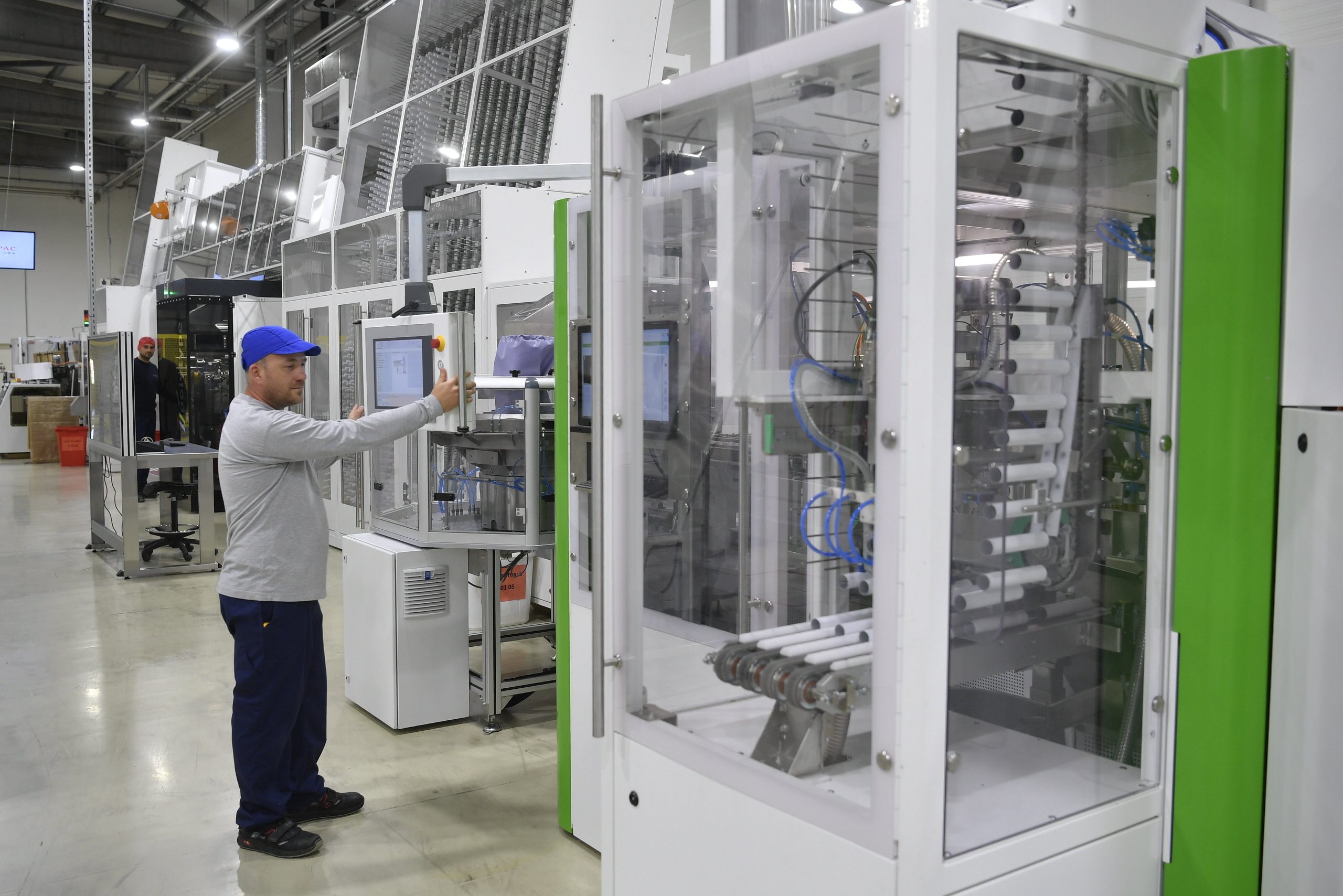
This is 130,000 fewer compared with the recent peak during crisis-hit summer of 2020, the innovation ministry said.Continue reading

Hungary’s jobless rate was 3.6 percent in April, unchanged from March, but down from 4.4 percent in the same month a year earlier, the Central Statistical Office (KSH) said on Thursday.
The rate covers unemployment among people between the ages of 15 and 74.
In absolute terms, there were 176,300 unemployed, 300 more than a month earlier, but 34,800 fewer than in April 2021.
Featured image illustration by Zsolt Czeglédi/MTI